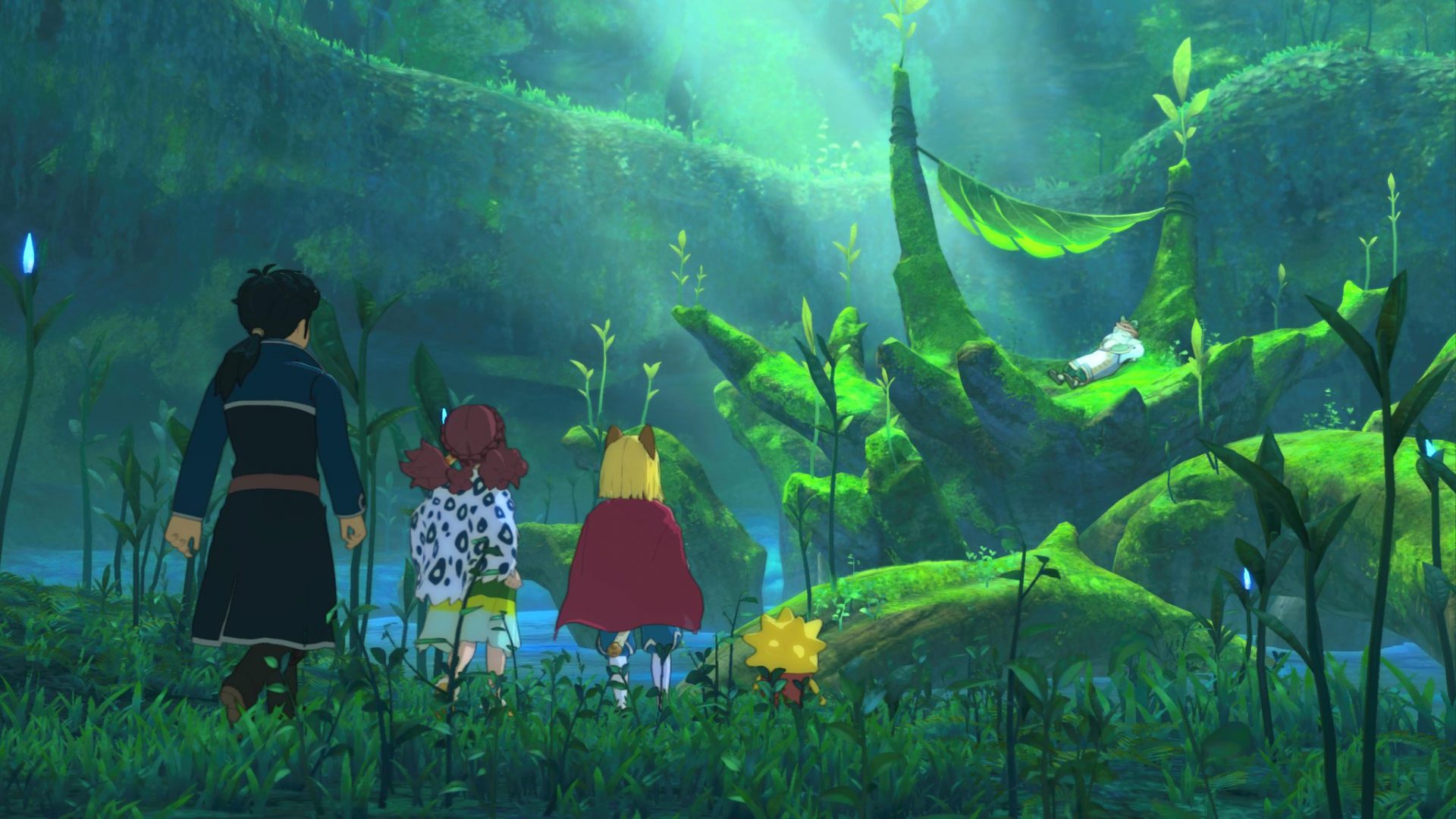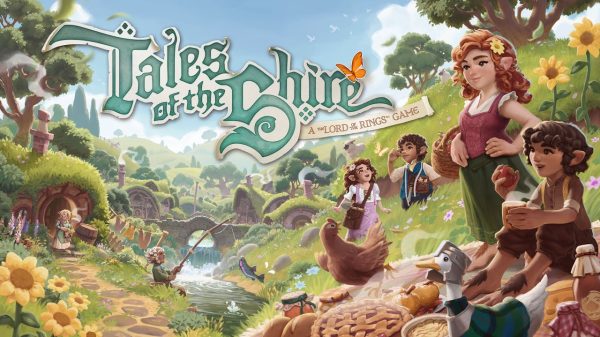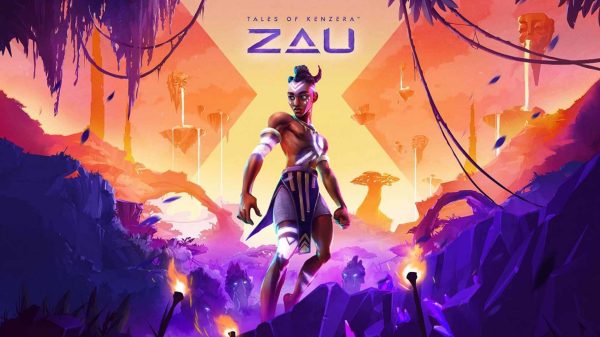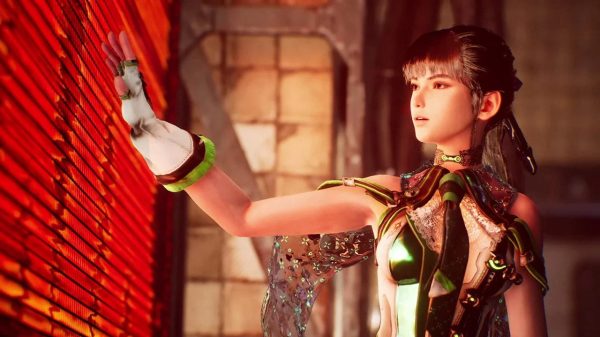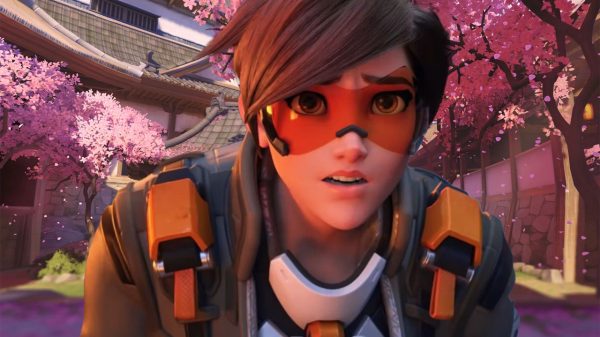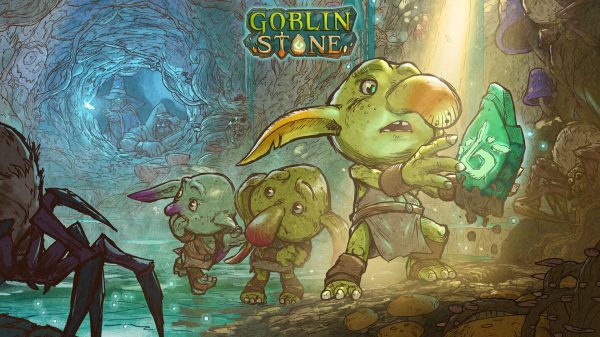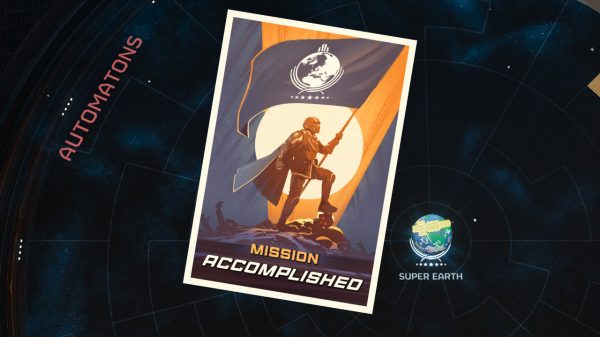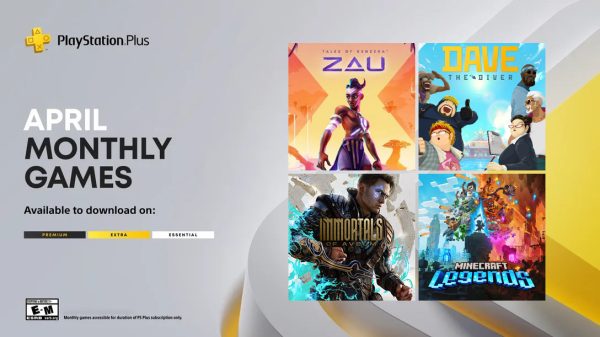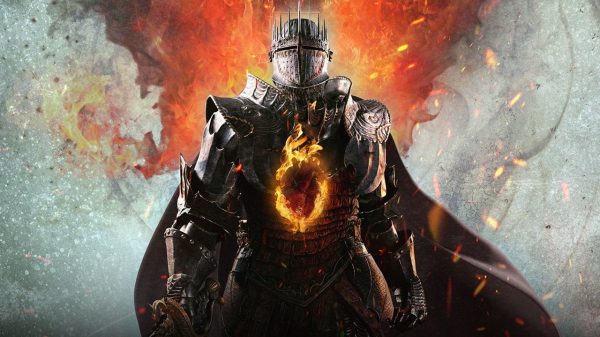The first Ni no Kuni game, Wrath of the White Witch, was one of those special titles that seemingly comes out of nowhere and surprises everybody. A deft hybrid of numerous JRPG inspirations from Final Fantasy to Pokémon coupled with story and art direction by none other than Studio Ghibli meant that Ni no Kuni ended up on many gamers ‘greatest of all time’ lists, my own included. So when LEVEL-5 and Bandai Namco announced that a sequel was due for the PS4, albeit with major gameplay changes and no Ghibli partnership, I was equal parts excited and hesitant. Now that Ni no Kuni II: Revenant Kingdom is finally here, the battle in my mind between excitement and hesitation is at something of a stalemate.
Ni no Kuni II starts with a literal bang. The president of an unnamed present-day country arrives in a major city just as a devastating missile attack hits. After being knocked unconscious, President Roland Crane wakes to find himself in a world entirely different from his own, yet similarly embroiled in political turmoil. It’s here that Roland meets Evan, a half-cat-half-human boy and heir to the throne of the magical kingdom of Ding Dong Dell, who is currently attempting to escape a violent coup. The rodent citizens of Ding Dong Dell, after weathering centuries of second-class treatment by the Grimalkin (cat people) have taken the life and throne of the current king and all-but assumed complete power.
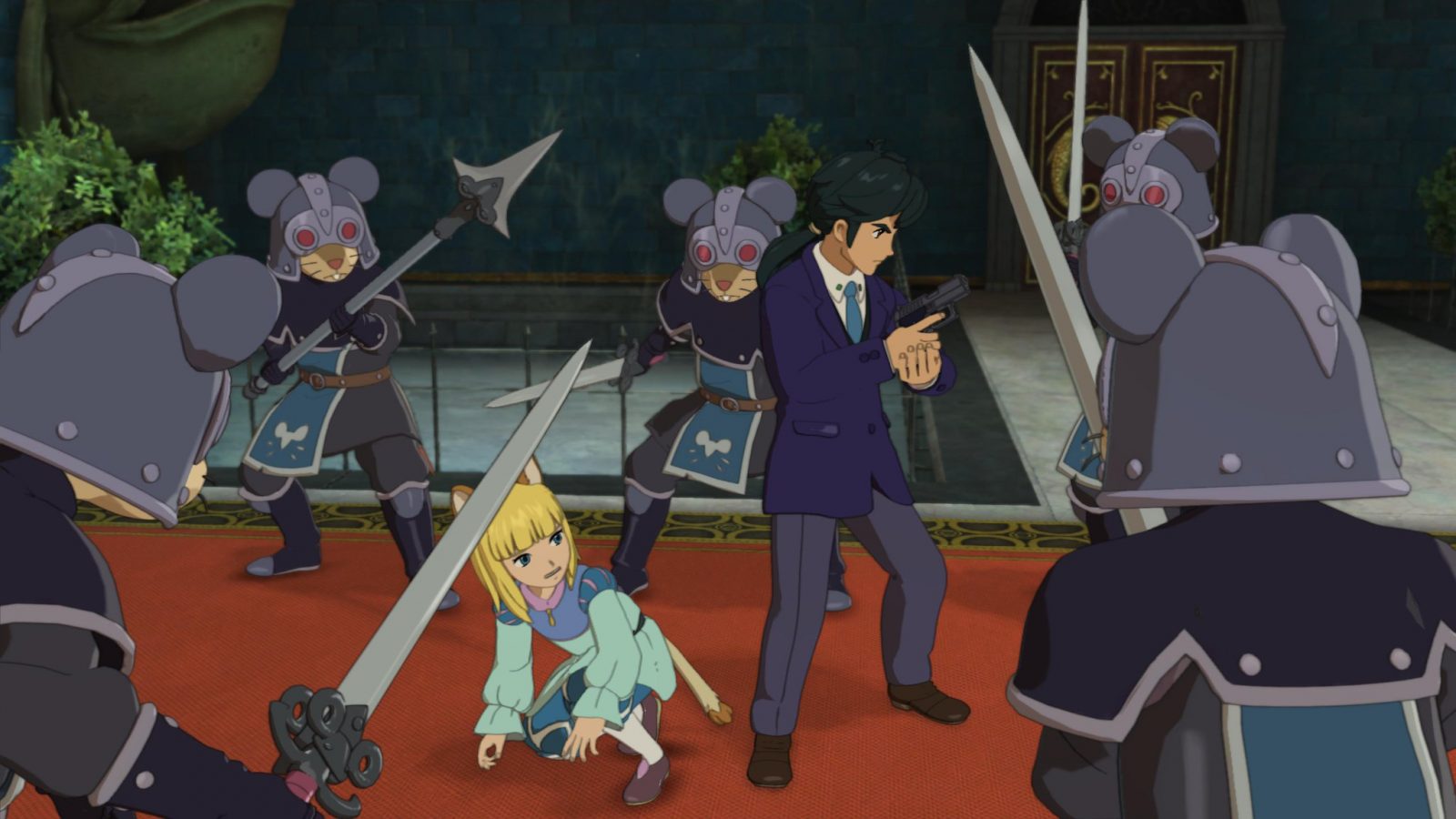
Bet gun control nuts never thought about giant, armoured mice, huh?!
As with the first Ni no Kuni game, Revenant Kingdom deals with some surprisingly mature themes in its opening moments, albeit far less capably. Perhaps it’s the fact that Studio Ghibli were involved last time but there was a certain quality of depth and emotional impact in the first game’s tale that feels missing in this sequel. After learning about this mysterious world’s history of great beasts governing over the kingdoms and crowning their kings, Roland encourages Evan to build a kingdom of his own and the two set out to do just that. Naturally things become complicated as a great evil threatens to plunge the world into chaos and so the pair’s quest to build a shiny new kingdom becomes an initiative to unite all kingdoms of the world to face this new threat.
Whatever threads of interesting subtext around political unrest and racial turmoil are left alone almost immediately as the story turns to a pleasant but one-note globetrotting mission for world peace. As disappointing as it is that it doesn’t have the same depth and impact as Wrath of the White Witch, and despite more than a few half-baked secondary characters and arcs, Revenant Kingdom’s story does have a respectable briskness about it that perfectly fits the greater focus on accessibility. It’s also got its forebears’ aggressive charm and penchant for amazing puns in spades, which makes me very happy. Twee is a word that comes to mind and one that I don’t get to use nearly often enough to describe a video game.
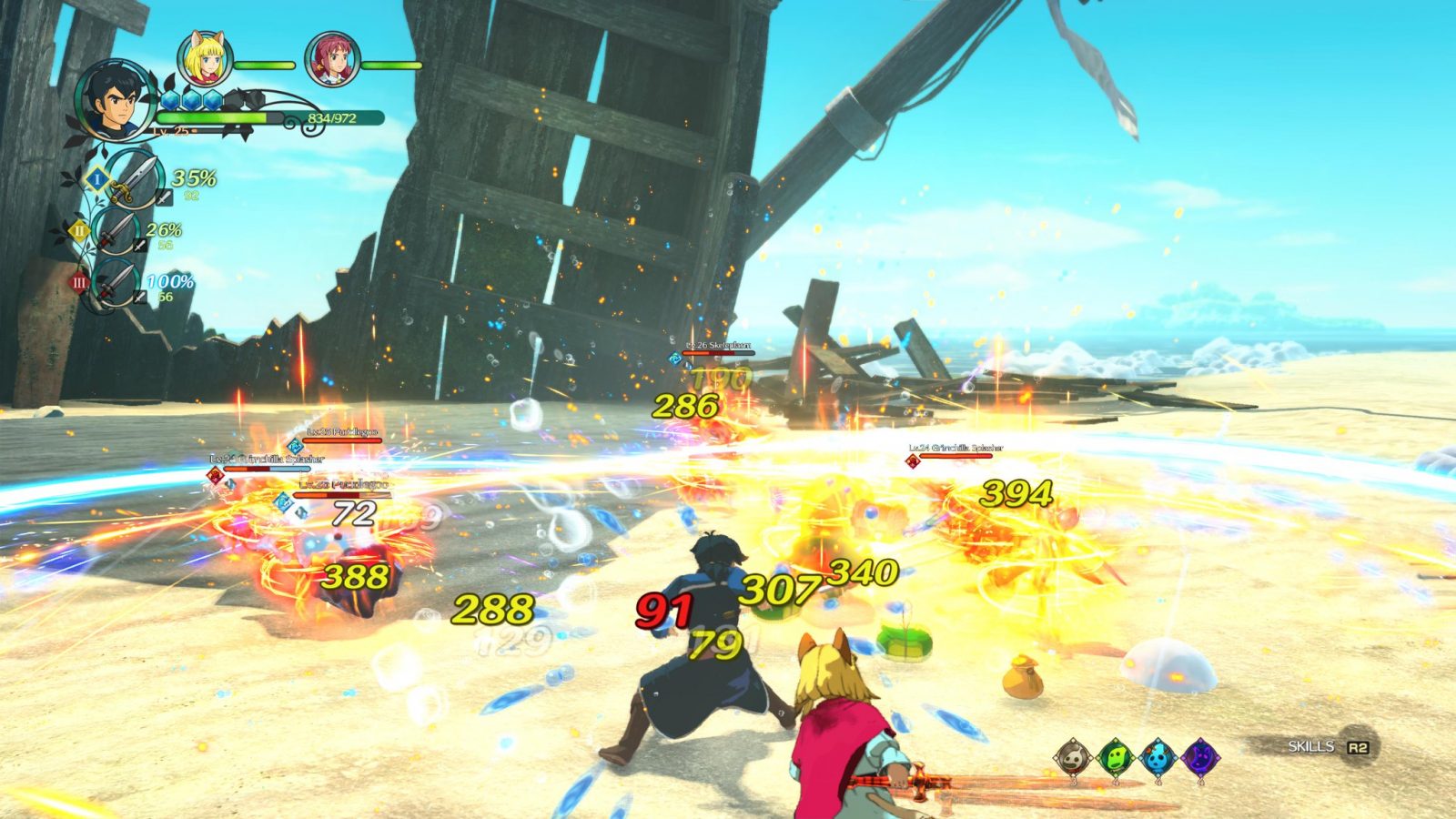
Protip: AOE attack, repeat
Other than sharing a setting and tone, the similarities between Revenant Kingdom and the previous Ni no Kuni are few. Where the last game was a huge and dense JRPG about collecting, battling and managing creatures Pokémon-style, Ni no Kuni II is a far simpler affair. Gone is the more strategic combat and involved creature micromanagement in lieu of something more accessible and immediate. Party members actively participate in real-time action, using a standard setup of light and heavy attacks coupled with blocks, dodges and a few special abilities. I’ll admit I worried greatly that this move to a significantly more basic battle system would sour my experience, and although simple in comparison to its predecessor, the fluid and responsive controls and flashy effects had me hooked pretty quickly. Those looking for more gameplay depth will find some in the numerous systems for managing party members, equipment, buffing stats and making use of the assistance of adorable little elemental sprites called higgledies, but might be disappointed to find that the game is easy enough that it’s rarely necessary to pay much attention to these systems. Other than some bigger late and end-game fights, most battles can be won in seconds by simply jumping into the fray with an AoE special ability and button-mashing through the leftover enemies with very little strategy. A soft difficulty level isn’t inherently a bad thing, but it’s disappointing when it serves to discourage exploring the game’s deeper mechanics.
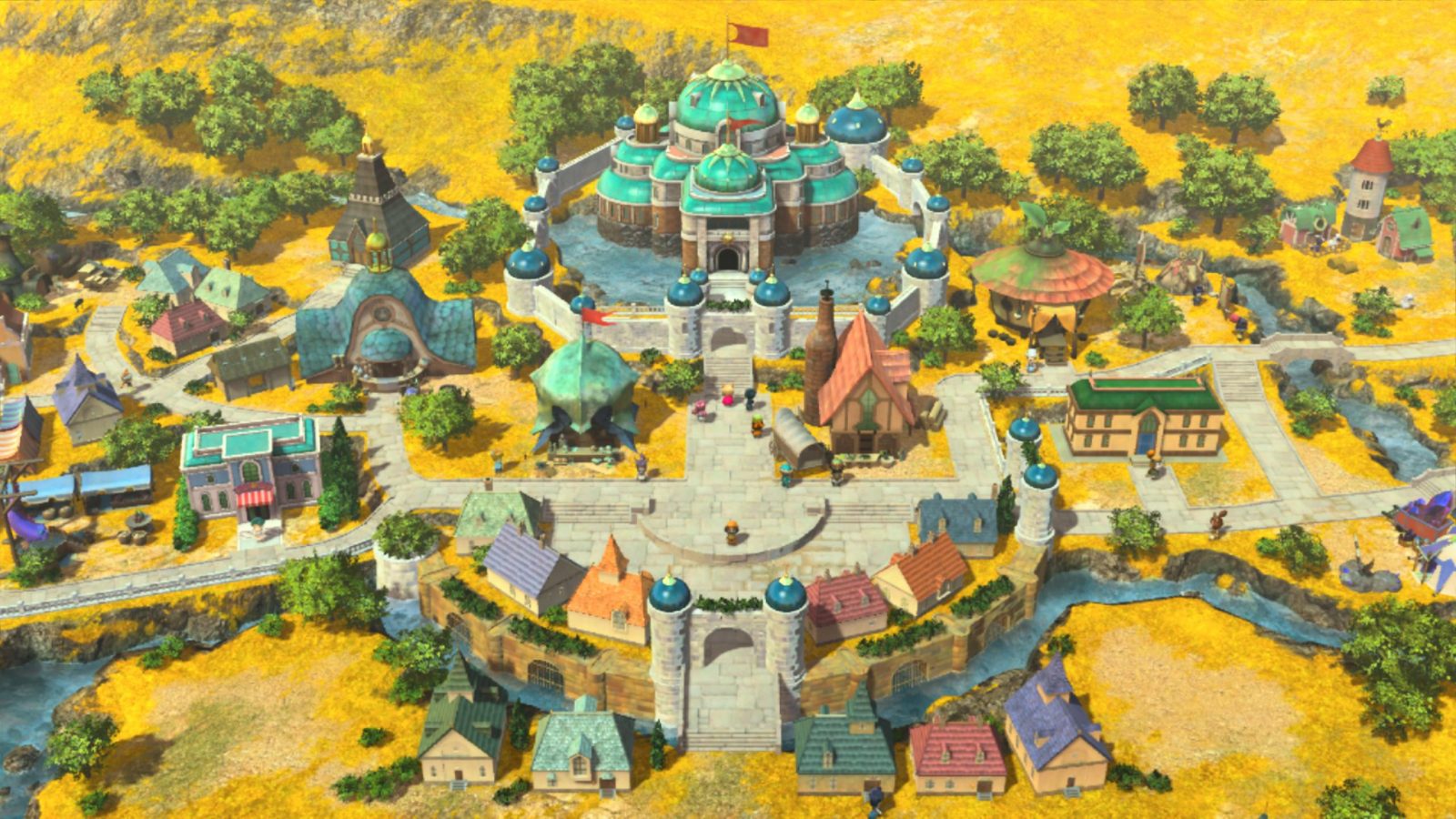
The name of this kingdom is Evermore, missed opportunity to call it Evanmore
This sentiment echoes through to Ni no Kuni II’s most interesting, and most frustratingly superfluous new gimmick. As his quest for world peace progresses, so too does Evan’s own fledgling kingdom, and as such he must shoulder the responsibility of building it and cultivating a populace. Managing the boy king’s new realm plays out much like a mobile game where progress is gated by a currency that accrues in real time and players must seek out new citizens in order to build bigger and better facilities and increase the kingdom’s influence. It’s a nice diversion that feeds well into the main story’s gameplay loop by rewarding side quests and careful exploration with new citizens for the kingdom, which in turn can produce new items and abilities for Evan and co. to take back into their adventures. The unfortunate shortcoming of this system is that there aren’t enough challenges to overcome or natural lulls in the game’s story to encourage checking up on Evan’s kingdom as much as there should be. It’s entirely possible to accidentally ignore the whole thing for near the whole game and not feel disadvantaged, only to hit a wall in the late game when it becomes a requirement to build the kingdom up to a certain level. Cleaning up side quests and upgrading the kingdom in large chunks is still fun but being forced to do so at integral moments drags down the story’s otherwise cracking pace. Never mind the RTS-style army skirmishes that pepper the game’s overworld, seeming to be wholly optional until the closing moments where it’s suddenly expected that some investment of time has been made to level up Evan’s forces previously.
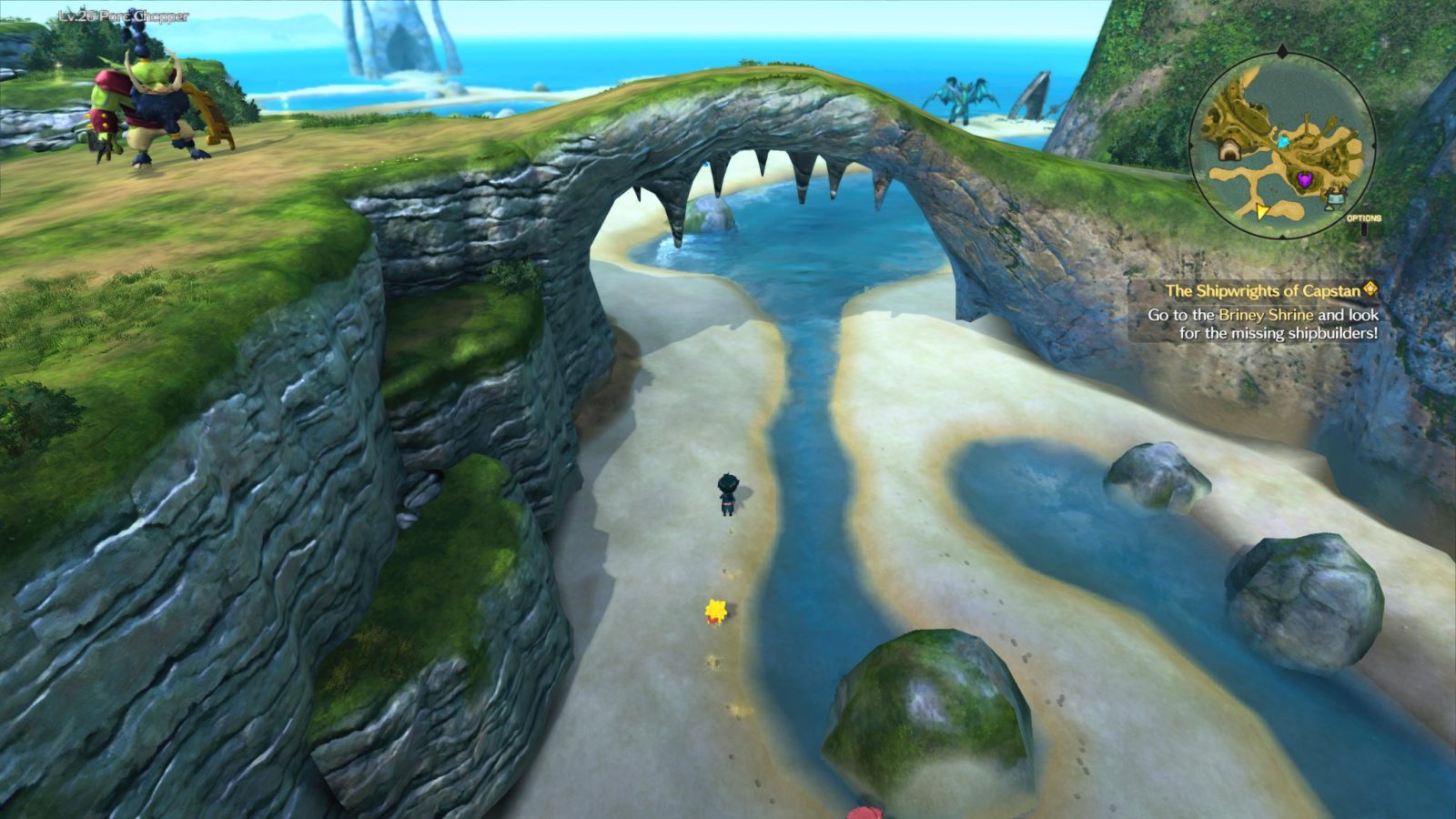
The last game’s overworld map had a rideable dragon, just saying
If it seems like I’ve spent most of this review levelling criticisms at Ni no Kuni II, and I probably have, it’s just that the core of the game is a hell of a lot of fun and to see that come up against some disappointing half-baked ideas and design flaws kills me. Nowhere is this phenomenon highlighted more tangibly than in the game’s presentation. For the most part, Revenant Kingdom is a stunning game to behold, thanks in no small part to a nifty 60fps refresh (most of the time) and HDR/4K (on PS4 Pro) support. You’d be forgiven for thinking Ghibli still had a hand in the production of this game because the art style rings as true to the studio as ever, and in most cases looks gorgeous in action. Major cutscenes are animated beautifully and voice acting is properly pleasant, too. Unfortunately, these moments are few and far between as most of the story plays out in static dialogue scenes with little to no voice acting.
Similarly, many of the world’s various kingdoms are wondrous to behold and explore but are disappointingly small in scale and fail to feel as lively as they should. Worse still is the horrid chibi visual style that takes over when exploring the game’s overworld map, doing anything in Evan’s kingdom or participating in skirmishes, which all make for a decent chunk of game time. The lack of fully-realised environments and especially the inability to properly explore the kingdom that commands so much attention in both story and gameplay cheapens the experience considerably. Shout out to Ghibli veteran composer Joe Hisaishi for the game’s absolutely enchanting orchestrated score, though. An over-reliance on the game’s main theme (and numerous variations thereof) aside, Revenant Kingdom can at least lay claim to one of the best musical scores this generation.
Final Thoughts
Make no mistake, I very much enjoyed the 40-odd hours spent seeing Ni no Kuni II to its conclusion, but everything it does right only serves to highlight its shortcomings. Mere adequacy in the shadow of the absolute triumph that was Wrath of the White Witch is still a small victory won though, and there’s something to be said of Revenant Kingdom’s position as a feel-good and accessible introduction to JRPGs. I can only hope that this isn’t the end for the series, as I’m keen to stick around for more trips to its magical world.
Reviewed on PlayStation 4 Pro | Review code supplied by publisher
Click here for more information on WellPlayed’s review policy and ethics
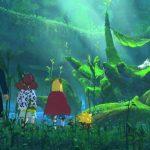
- LEVEL-5
- Bandai Namco
- PS4 / PC
- March 22, 2018



Kieron's been gaming ever since he could first speak the words "Blast Processing" and hasn't lost his love for platformers and JRPGs since. A connoisseur of avant-garde indie experiences and underground cult classics, Kieron is a devout worshipper at the churches of Double Fine and Annapurna Interactive, to drop just a couple of names.





